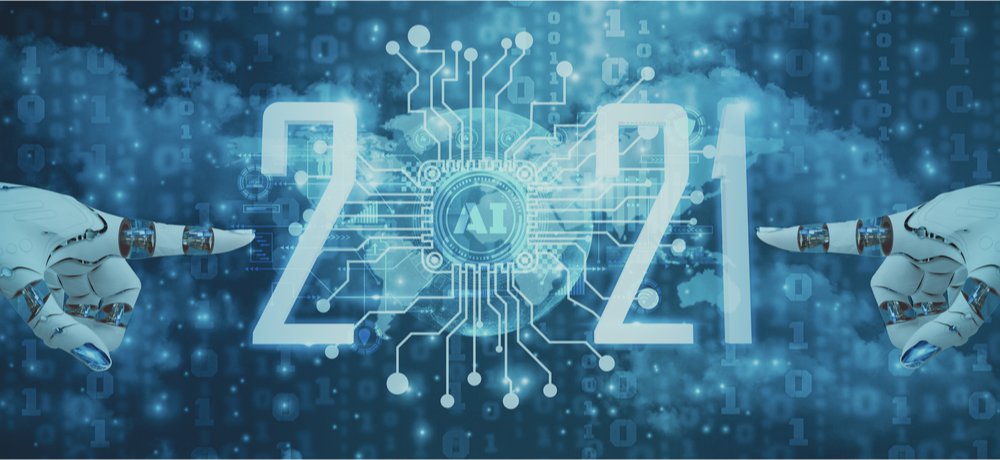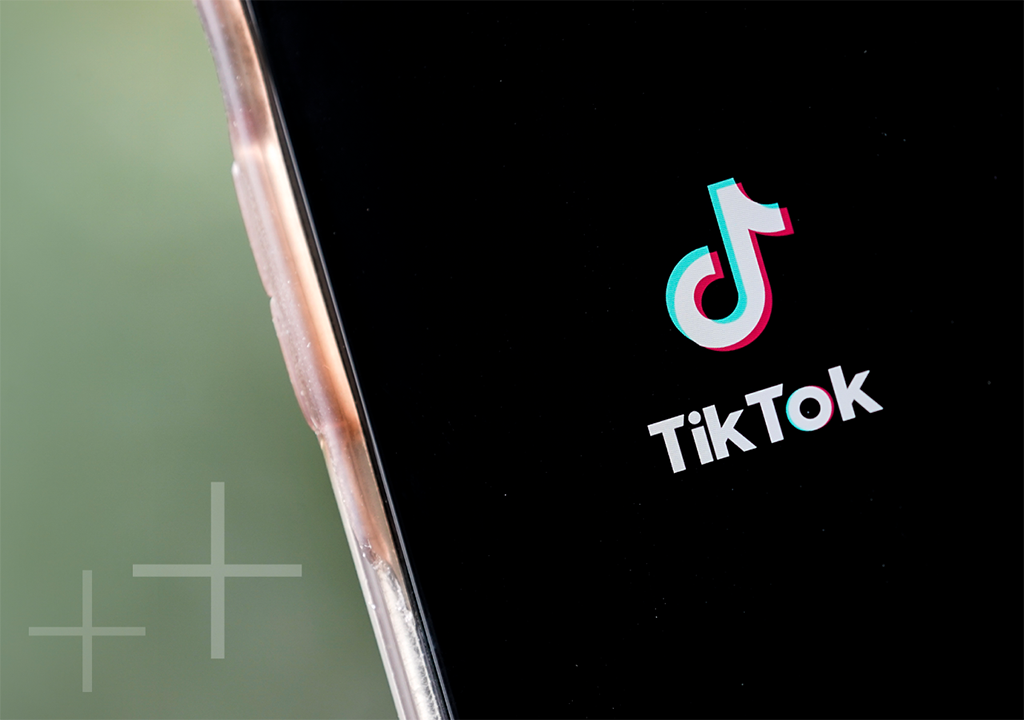The top digital health trends triggered by COVID-19

Valerie Phillips, healthcare expert, and Simon Bates, life sciences expert, at PA Consulting, assess the trends triggered by COVID-19 that are expected to continue this year.
COVID-19 is arguably the biggest challenge healthcare organizations around the world have faced in recent history. Resources have been redeployed system-wide to respond to the pandemic, while the backlog of non-COVID-19 care continues to grow steadily. The British Medical Association has highlighted the scale of the problem; in the period between April and November 2020, there were 2.57 million fewer elective procedures and 18 million fewer outpatient consultations. The waiting list for consultant-led treatment referrals stands at 4.46 million patients.
However, in parallel, COVID-19 is acting as a catalyst for transformation, accelerating the implementation and adoption of changes in healthcare delivery on an unprecedented scale. New models of care, using remote healthcare solutions and digital technologies, are emerging across the continuum of care and are expected to remain in place after the crisis phase ends.
Virtual patient consultations are now widespread
According to the NHS, in the four weeks to April 12, 2020, more than 70% of routine general consultations were provided remotely and 26% face-to-face. In the same period 12 months prior, only 25% were remote. All secondary care providers and 95% of practices now have video consultation capability. The British Medical Journal notes that the scope of video consultation is wide, particularly for the management of long-term conditions including diabetes, hypertension, asthma, stroke, psychiatric illnesses, cancers and chronic pain. Virtual consultations reduce the flow of patients in healthcare facilities and limit infectious exposures, but above all, they facilitate and expand access to healthcare. There is unlikely to be a return to pre-pandemic levels of in-person patient consultations.
Digital monitoring solutions and personal care will continue to rise
Patient self-monitoring at home has been accelerated to promote distancing and free up resources for COVID-19 care. Beyond the crisis, these solutions offer a range of benefits, especially for people living with long-term conditions. Wearable devices, such as heart rate sensors, exercise monitors, sweat meters and oximeters, provide real-time information to patients, enabling self-care. Patients are engaged and empowered to manage their own care; it reduces the need to travel to physical clinical settings, cases can be triaged, resources are directed to where the need is greatest, and clinicians’ work experience is improved. Additionally, increased self-management of long-term chronic conditions can have a significant impact on healthcare budgets. According to the NHSE, long-term conditions account for 70% of total health and care expenditure. Self-monitoring will continue after the COVID-19 crisis, with the global wearable medical device market expected to grow at a CAGR of 27.9% by 2027.
Connected devices and IoMT will transform care delivery at the disease level
IoMT goes beyond patient self-monitoring. It is a connected infrastructure of medical devices, software applications, and health systems and services. This facilitates personalized treatments at scale and encompasses the end-to-end patient journey, extending beyond episodes of care. Several factors are driving the expansion of this market; the evolution of high-speed networking technologies, the growing penetration of smartphones, tablets and other mobile platforms and, above all, the acceptance by patients of remote care and their increased use of connected medical devices. It is expected that there will be further integration of medical devices, patient records, health systems and platforms to deliver the intended benefits and outcomes. Medical technology innovators are responding in two main ways. First, they seek to understand the impact their device will have on the care journey and have therefore begun to formulate propositions that go beyond the features and benefits of the product. Second, they recognize that these connected devices are in the hands of patients and are increasingly incorporating consumer design principles into their product development from the start, focusing on convenience, experience and personalization.
Diagnostics will continue to play a vital role in healthcare
For many years, diagnosis was in the shadow of treatment. In 2020, due to COVID-19, diagnosis has taken center stage. Accurate detection and timely interventions, such as self-isolation, emerged as a pressing need. Diagnostics have the power to go far beyond the current pandemic; they play a vital role in disease detection, prevention and monitoring, as well as in establishing prognoses, enabling targeted treatments and determining outcomes. Diagnostics will continue to play a pivotal role in disease management beyond COVID-19 and the market is expected to grow significantly. Market And Markets predicts that the IVD market alone will reach $96 billion by 2025, 2021 and beyond.
Beyond 2021
COVID-19 has demonstrated how health systems can rapidly deploy new technologies and models of care, with large-scale internet-first and home-based services at the forefront. It is clear that there can be no return to the previous status quo. This desire for system-wide change represents an opportunity for medical technology innovators to scale innovative solutions beyond acute hospital environments, into broader care settings and across the entire care pathway. .





